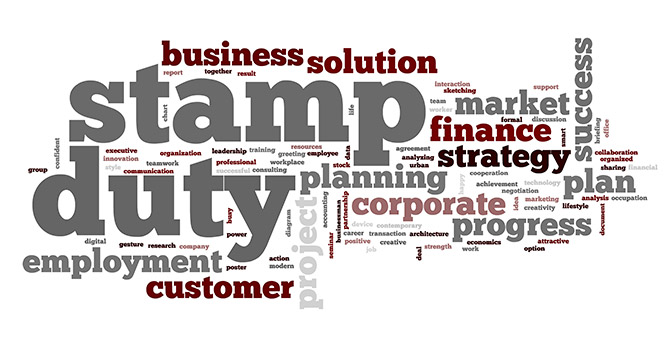Investors who are considering investing in a buy to let property might be dubious of the Government’s plan to introduce an additional three percent charge on stamp duty land tax. This will cut tax relief on their funding costs, according to a new study by rplan.

The research highlights that around 9% of potential investors have discarded their own desires of owning a buy to let property. In addition, 14% of current landlords stated that they will sell one or more properties from their portfolio due to the tax changes.
The changes that will be implemented from April 2016 would mean that stamp duty land tax on purchasing a £250,000 buy to let property will increase from £2,500 to £10,000. For a property valued at £400,000, the tax charge will increase by more than double to £22,000 from £10,000.
The tax relief currently allows financial costs such as, interest payments on mortgages and loans to buy furnishing. However, this will gradually be reduced over four years.
An average of £43,592 of savings and investments were used to buy a buy to let property previously. Now, many investors are considering different ways to utilise their money; 39% will save in a cash account, 30% will place their capital in a ISA, 20% will put it into their pension, while 13% will invest in the stock market.
According to the Credit Conditions Survey conducted by the Bank of England, there is an urgency to purchase buy to let properties before the new tax changes are introduced. This demand for buy to let lending increased considerably in the last three months of 2015.
Stuart Dyer, CIO of rplan, said:
“The British have strong faith in property as an investment and many see it as a means of providing a pension income. But the government clearly has a policy to dis-incentivise BTL and the sharp increase in landlord mortgages revealed by the Bank of England credit survey will probably be a last rush before the gate slams shut.”
“Having a buy to let property can also mean an over exposure to one asset class for many investors, who should strongly consider the alternative of investing in a diversified portfolio for the long term, especially if this can be achieved through a tax free ISA wrapper.”